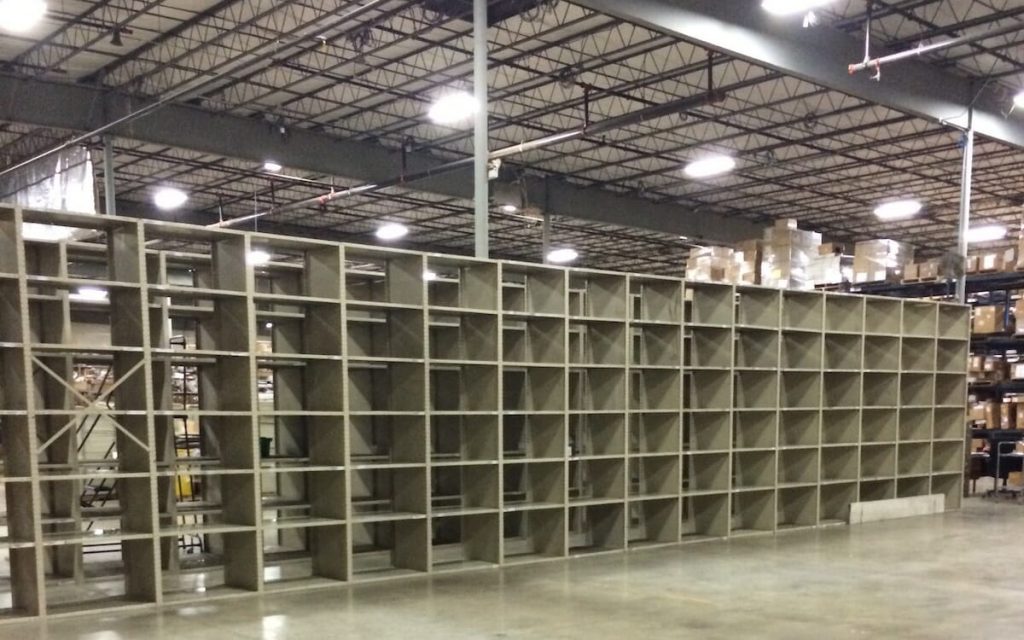When it comes to choosing durable materials for warehouse shelving, steel and wire are two of the most popular options, but there are also several other materials worth considering. The choice of shelving material is crucial for maintaining an efficient and safe warehouse operation. Let’s explore the advantages and disadvantages of these materials, and a few alternatives. Steel shelving is a time-tested favorite in the world of warehousing. It is known for its exceptional strength and durability, making it an excellent choice for heavy-duty applications. Steel shelves are highly resistant to wear and tear, and they can withstand substantial loads. They are ideal for storing heavy items like automotive parts, machinery, or bulk materials. However, steel shelves can be relatively expensive, and they may be overkill for lighter storage needs.

Wire shelving, on the other hand, offers a different set of advantages. Wire shelves are lightweight, easy to assemble, and allow for good air circulation and visibility. This makes them a popular choice for environments where cleanliness and visibility are crucial, go now such as food storage or healthcare facilities. They are also resistant to rust and corrosion, which can be important in humid or damp conditions. However, wire shelves may not be suitable for storing very heavy items, as they have weight limits and may not be as durable as steel shelving. In addition to steel and wire, there are other materials that can be considered for warehouse shelving. Particleboard is an economical choice for lighter storage needs and can be used with steel or metal frames to increase load-bearing capacity. However, it is not as durable as steel or wire shelving and may not be suitable for heavy or frequently accessed items. Plywood is another option for those looking for a balance between cost and durability. It is more resilient than particleboard but still not as robust as steel or wire.
Plastic shelving is another alternative, particularly in environments where corrosion is a concern. It is lightweight, easy to clean, and resistant to moisture. Plastic shelves are often used in settings like laboratories or the food industry. However, they may not hold up well under heavy loads and can be prone to warping over time. For specialized applications, you can also consider materials like glass or acrylic shelving, which are primarily used for displaying products in retail or exhibition settings. These materials are not typically suitable for heavy-duty warehouse storage. In conclusion, the choice of warehouse shelving material should be based on the specific needs of your operation. Steel shelving is the go-to option for heavy-duty applications, while wire shelving is excellent for cleanliness and visibility. Alternatives like particleboard, plywood, plastic, and glass shelving can be suitable for lighter or specialized needs. It is important to assess your load requirements, environmental conditions, and budget to determine the most appropriate shelving material for your warehouse.
